Circa Vintage Clothing
Alumni
Hi everyone,
I recently bought an old wool waistcoat, it's been munched on quite a bit by moths but I wanted to submit the label to the LR. Could you please help me date it?
It was in a lot of clothes from the '20s-60s, all womens wear apart from this. It's pure wool, flannel I think and looks to be finished in cotton tape with MOP buttons. The button holes are really neatly sewn by hand. There's lots of hand-finishing too.
My first thought was '50s but I suspect it's older, it feels old: maybe '30s? The front hem looks like it's been taken up, I've included a shot of the back hem with the cotton tape, which is quite damaged by age. I generally associate this tape with '20s or older which is why I'm thinking it may be older than I thought.
Apologies for rough shots, they're with my phone.
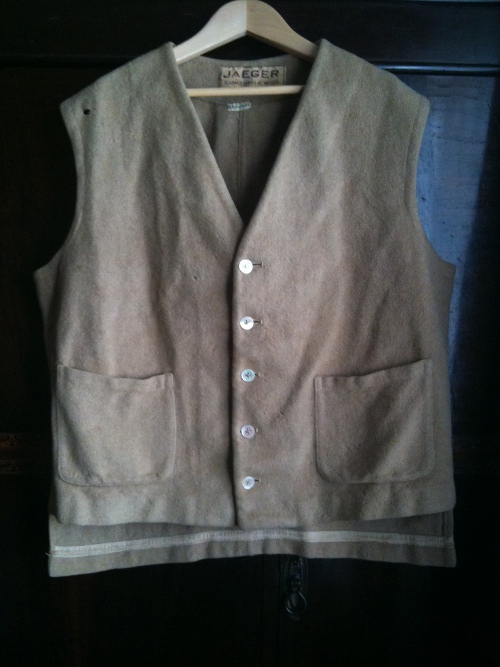
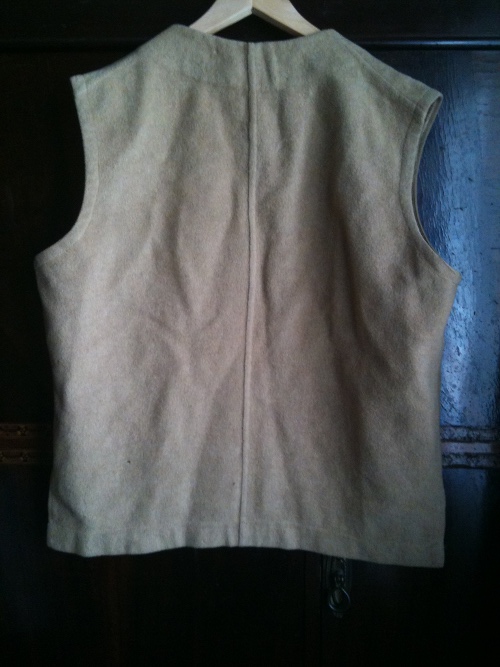
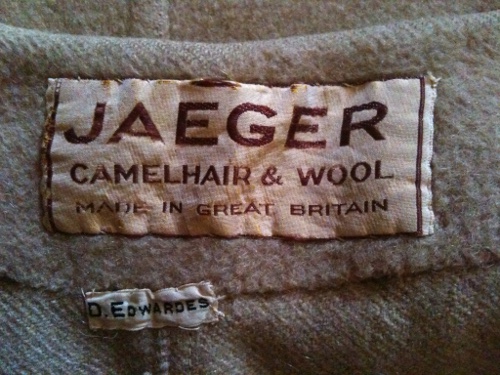
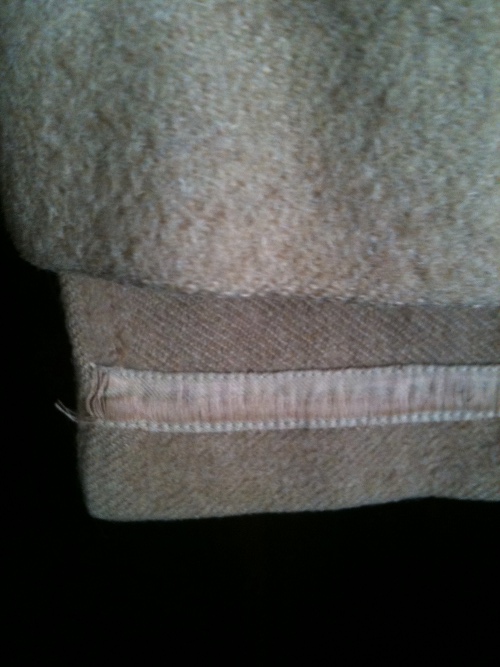
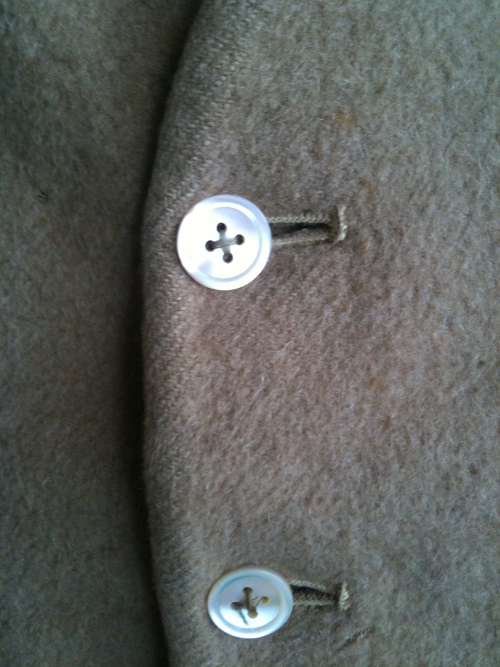
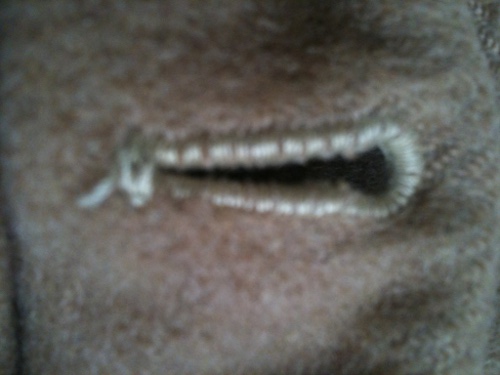
Back of button holes - out of focus, but they're clearly handsewn.
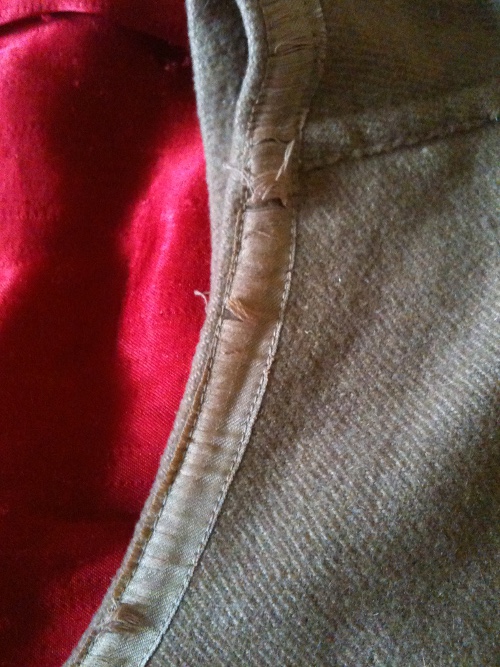
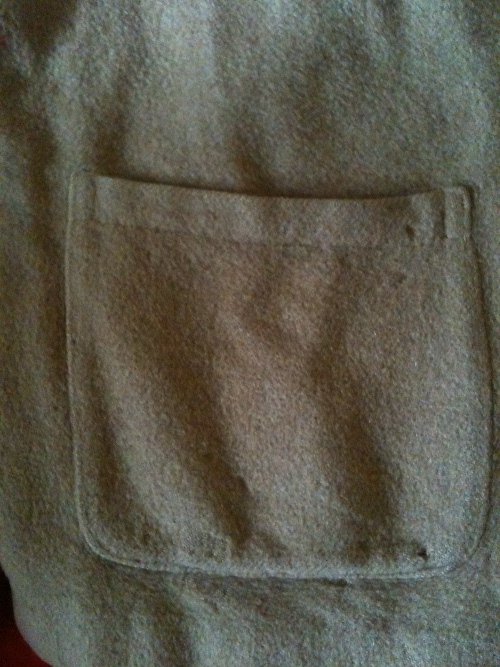
Thank you,
Nicole
I recently bought an old wool waistcoat, it's been munched on quite a bit by moths but I wanted to submit the label to the LR. Could you please help me date it?
It was in a lot of clothes from the '20s-60s, all womens wear apart from this. It's pure wool, flannel I think and looks to be finished in cotton tape with MOP buttons. The button holes are really neatly sewn by hand. There's lots of hand-finishing too.
My first thought was '50s but I suspect it's older, it feels old: maybe '30s? The front hem looks like it's been taken up, I've included a shot of the back hem with the cotton tape, which is quite damaged by age. I generally associate this tape with '20s or older which is why I'm thinking it may be older than I thought.
Apologies for rough shots, they're with my phone.






Back of button holes - out of focus, but they're clearly handsewn.


Thank you,
Nicole
